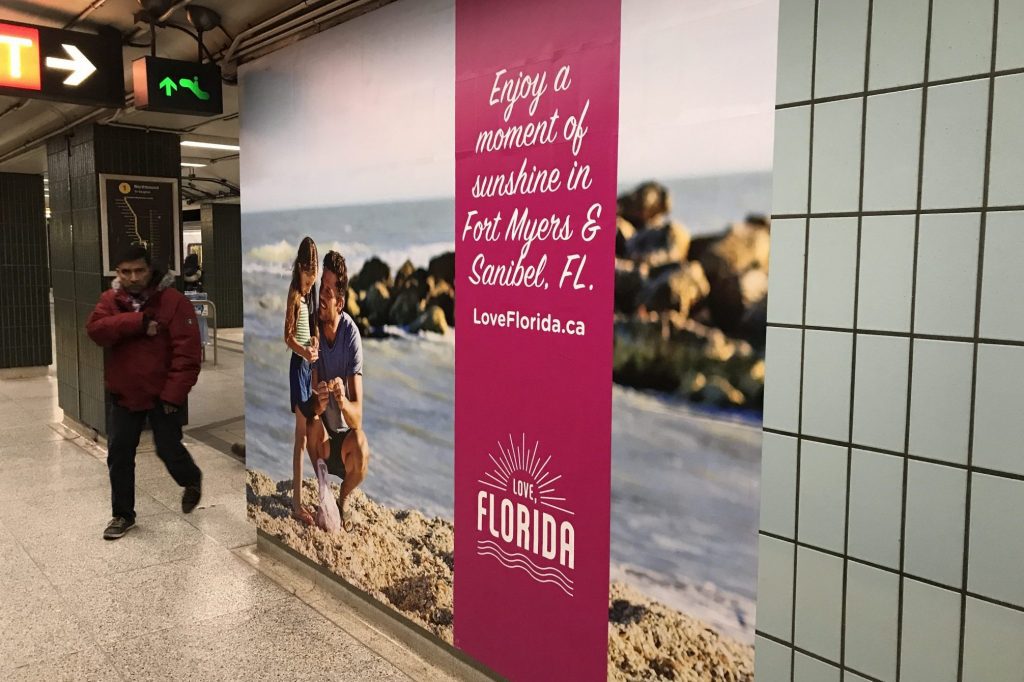Visit Florida's Future Is Up in the Air (Again)

Skift Take
Destination marketing money is again a political football in Florida, a state that 126 million people visited last year. As governments around the country examine their stance on publicly funded self-promotion, will the Sunshine State stay the course?
The Sunshine State's official tourism marketing body is finding itself — once again — with clouds on the horizon.
Visit Florida is stuck in the middle of a budget battle between the state's legislative bodies, a familiar position. But there's a new twist this year: The organization's very existence is at risk, with authorization scheduled to expire on Oct. 1 of this year.
"It makes our job a little harder," said Dana Young, who became the organization's president and CEO in January. "Because rather than just dealing with the budget, we actually need to affirmatively pass a piece of legislation."
Executives and board members of Visit Florida say they are optimistic that there will be a solution before the state's legislative session ends on May 3, and they and industry stakeholders have been pleading their case to lawmakers.
The number of visitors reached a record in 2018, increasing 6 percent to 126.1 million. Visit Florida says that out-of-state visitors spent almost $112 billion in 2016, and argues that every dollar invested in the organization yields a return of $2.15.
But as they wait for that message to get traction, those who work in travel and tourism — a major economic driver in the state — are watching and worrying.
"My members are just petrified that something could happen," said Carol Dover, president and CEO of the Florida Restaurant and Lodging Association and the chair of public affairs for Visit Florida's board.
For Virginia Haley, president of Visit Sarasota County and vice chair of the Visit Florida board, the uncertainty has been a distraction.
"I would call it very disruptive," she said. Haley is finalizing the first draft of her organization's fiscal 2020 business plan and budget, counting on Visit Florida to still be in operation, while communicating with the industry players and urging them to get in touch with elected officials.
"It takes
